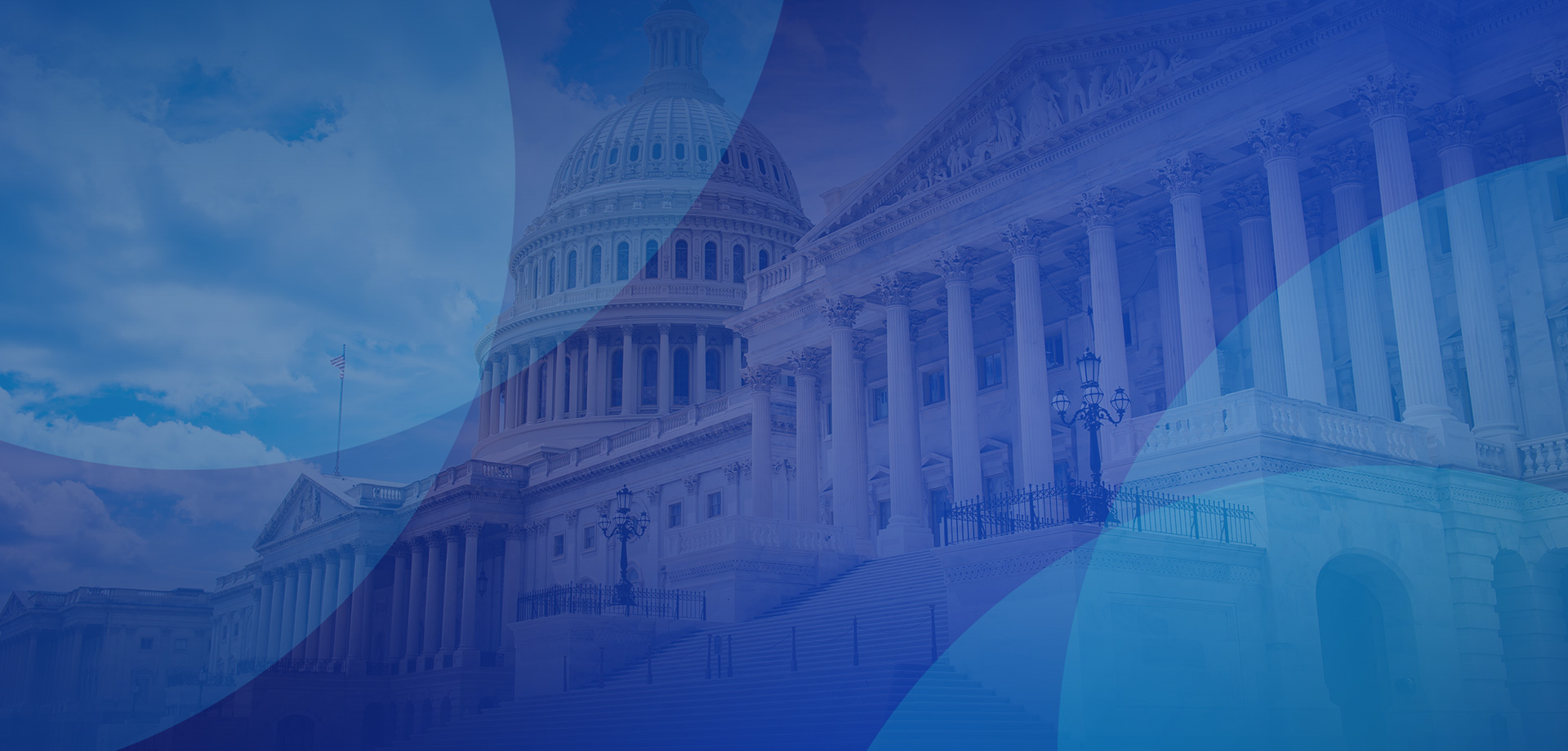When you hear the word bankruptcy you would not associate it with business success. After all, bankruptcy is a final, desperate means to keep you from drowning in a sea of debt. Yet some of the wealthiest individuals and greatest businesses in history have survived the shackles of bankruptcy: H.J. Heinz, Walt Disney, Milton Hershey, and Henry Ford all filed bankruptcy at one point. Perhaps they would have found the process more difficult with today’s bankruptcy laws.
The housing foreclosure boom that is sweeping this country at the minute is influenced by the new bankruptcy laws bought into effect in 2005. The Bankruptcy Abuse Prevention and Consumer Protection Act was legislation that financial institutions, such as Washington Mutual and Bank of America, lobbied congress for to the tune of $25 million.
These new laws made it harder for consumers to prove that they should be allowed to clear their debts under Chapter 7. The legislation began forcing people to file for bankruptcy under Chapter 13.
Chapter 7 is known as a ‘fresh start’. Under this law people’s assets are sold (liquidated) and then divided amongst the creditors with any outstanding debts wiped out. However, many of these people had no assets to speak of, so credit card companies were often never repaid so much as a nickel.
Chapter 13 is a repayment plan ordered by the court. So rather then having your debts wiped out, debtors pay installments their creditors.
How are these laws having an affect on the rate of foreclosures today?
The problem is stemming from adjustable rate mortgages that companies such as Bank of America and Washington Mutual have been giving to people who traditionally could not afford a loan or mortgage. As huge numbers of these adjustable rate loans are now up for refinance, many cannot afford the increase in their mortgage payments. With less people qualifying under Chapter 7, which erases non-mortgage debt, people are choosing to walk away from their homes and focus on paying their credit cards, as these debts are not forgiven under the 2005 bankruptcy act.
According to the National Association of Consumer Advocates in Washington, there are approximately 4 million borrowers with adjustable rate mortgages (ARMs) who have limited or tainted credit histories. Due to the structure of these loans, borrowers will see their monthly mortgage bills increase by an average of 40% in the next year, with nearly 1.5 million of the borrowers having to go into foreclosure.
The new bankruptcy laws have improved credit card profits for these financial institutions. However, the flip side is that these sub-prime mortgages, which the same financial institutions are handing out, are slashing their profits and costing them millions of dollars.
Ironically, had the old laws still been in effect many of these credit card debts would have been forgiven, enabling people to focus on their mortgage payments, resulting in fewer foreclosures, therefore leading to fewer losses for these financial companies.
Another consequence of these new laws was the effect it had on attorneys, and subsequently their clients. If a client’s case is found to be inaccurate, the attorney is subjected to fees and fines. As a result it is more difficult for a consumer or business to find a bankruptcy lawyer willing to file because of the liability and additional work required to verify a client’s financials.
The unintended consequences of these new laws have affected both the consumer and the very financial institutions that ‘bought’ them in.
